
In The Pit
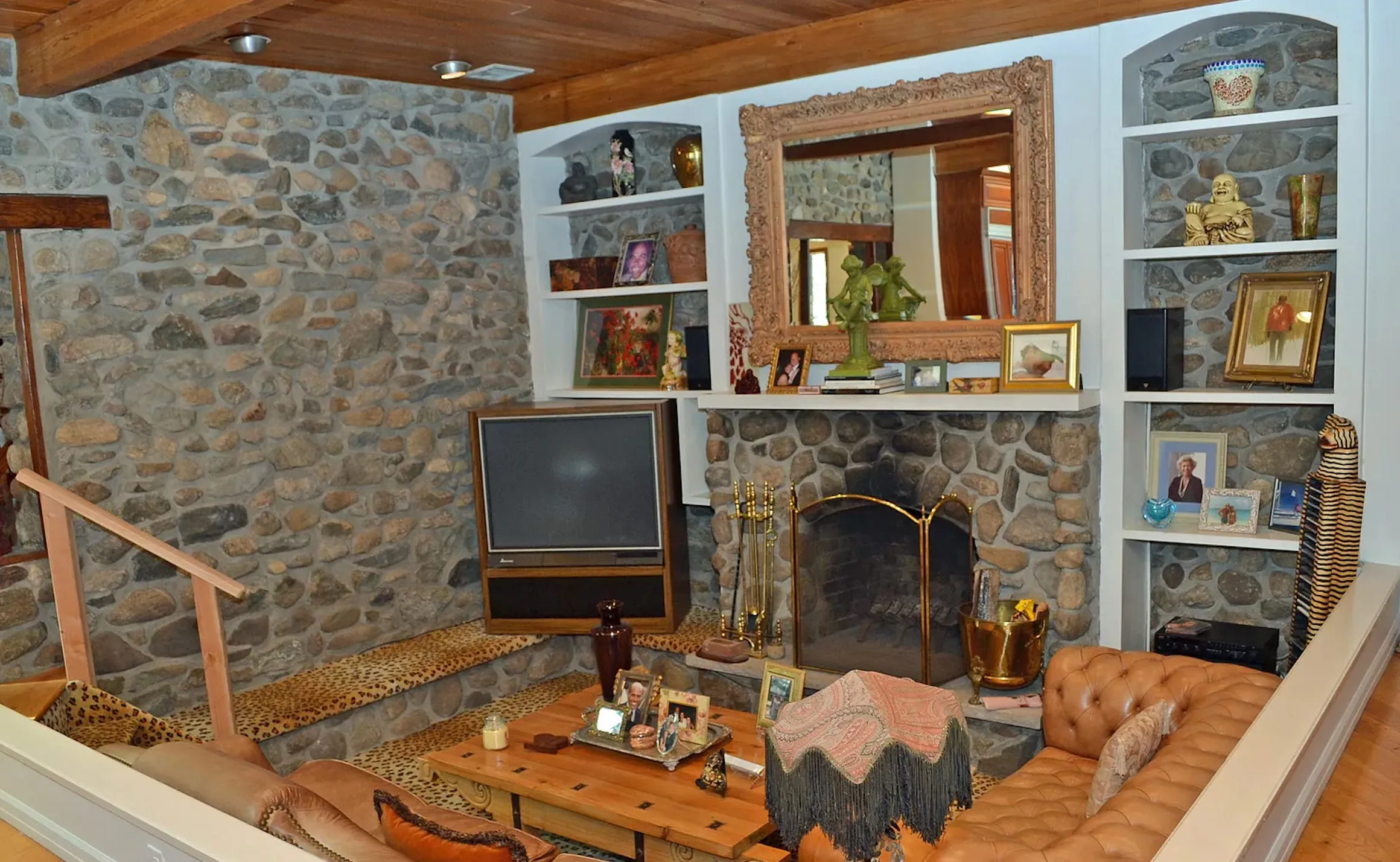
Every time we had a break in college, my best friend Sammy would drive us from Ithaca back to New York. And without fail, we’d stop at her mom’s house in Rivervale, New Jersey. I remember the soft thud of our steps down into their sunken leopard soaked living room. The walls didn’t have ears, but they held so much. We’d sprawl out in that low, cozy nest for hours, tangled in conversation—me, Sammy, and her mom, Caryn.

If you know me, you’ve probably heard a Caryn Black story. She’s a legend. Wise, sharp, hilarious. I still carry some of her one-liners in my mental pocket like fortune cookie proverbs. And most of them were delivered from that pit. There was something about the shape of that room that made you want to spill your guts and stay awhile.
I’ve been obsessed with conversation pits ever since.
Not because they’re trendy again (though they are), but because they hold a specific kind of energy—warmth, slowness, depth.
A conversation pit sets the tone.
To settle in.
To make eye contact.
To let words meander.
To get honest—maybe even brave.
There’s something ceremonial about them:
The gentle descent.
The inward curve of the furniture.
The lowering of voices, the softening of posture.
It’s not just seating, it’s an energetic shift.
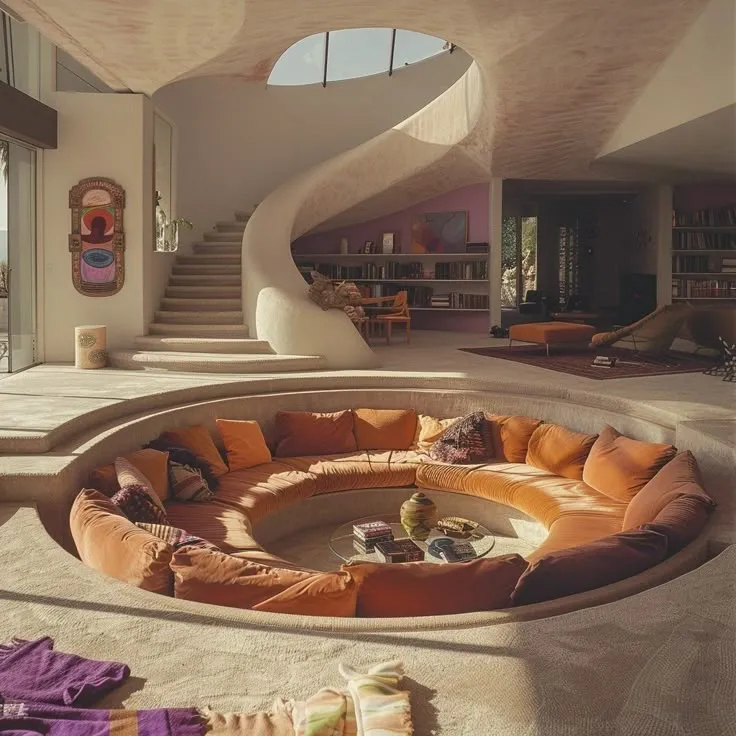
Design for Dialogue
Conversation pits first became popular in the 1950s and ‘60s, part of a mid-century modern movement that saw living spaces as places of communion, not just consumption.
Designers like Eero Saarinen and Alexander Girard used them as architectural metaphors—creating intimacy without walls, closeness without confinement. They were playful. Thoughtful. And, in many ways, radical.
Now, I think we’re circling back. Not just stylistically—but spiritually.
In a culture that prizes speed and spectacle, these sunken nooks feel almost rebellious. They ask us to slow down. To share space. To give our attention, uninterrupted.
A conversation pit lowers the center of gravity (literally), reduces distractions, and lets your nervous system soften. There’s no head of the table. No exit strategy. Just presence.
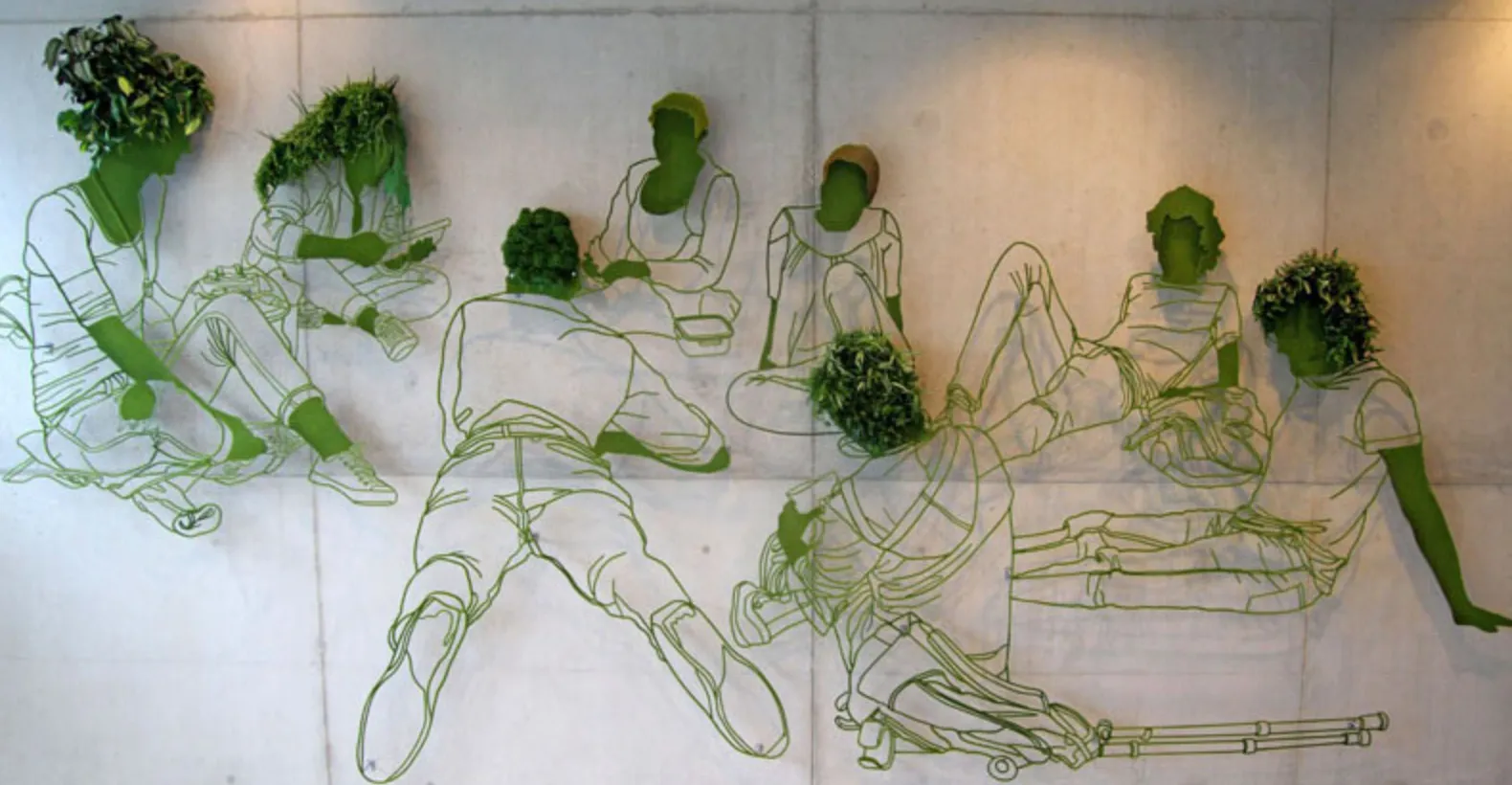
No Pit? No Problem.
You don’t need a sunken living room to create the feel of a conversation pit.
You just need a few cues:
- Low, circular seating that keeps everyone on the same level
- A central grounding object like a coffee table, ottoman, or soft rug
- Warm, low lighting to shift the mood
- No screens in sight
- Something tactile—a shared snack, a game, a record playing low in the background
Conversation itself feels like a lost art lately.
But maybe it’s just waiting for the right setting to be revived.
“A conversation is a journey, with no clear map but infinite directions.”
— Alain de Botton
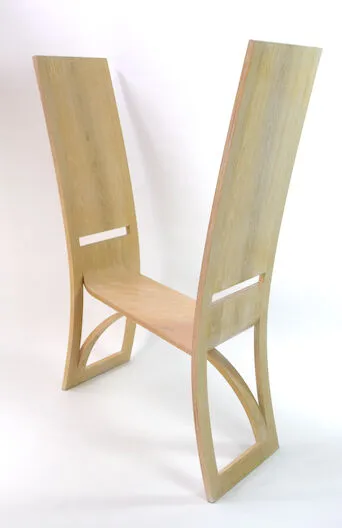
The Art of Real Talk
Real conversation is a kind of art form—and a kind of intimacy.
It asks for presence, attention, and just enough vulnerability to break the surface.
And like all art, it thrives in the right environment.
I’ve been loving talking games lately—We’re Not Really Strangers, —anything that gives everyone a chance to go a little deeper, share something personal, and relate in ways we might not otherwise get to. It’s amazing how one thoughtful question can unlock something big.
Studies show that deep, emotionally resonant conversation increases oxytocin (the “bonding” hormone), reduces feelings of loneliness, and even improves immune response.
We’re literally wired for connection—and we crave it more than ever.
So whether you have a sunken living room or just a corner of the couch, think about what makes conversation feel easier. A candle. A blanket. A question on a card. A hand on a shoulder. A no-phones rule. Anything that nudges us a little closer to each other, and to ourselves.
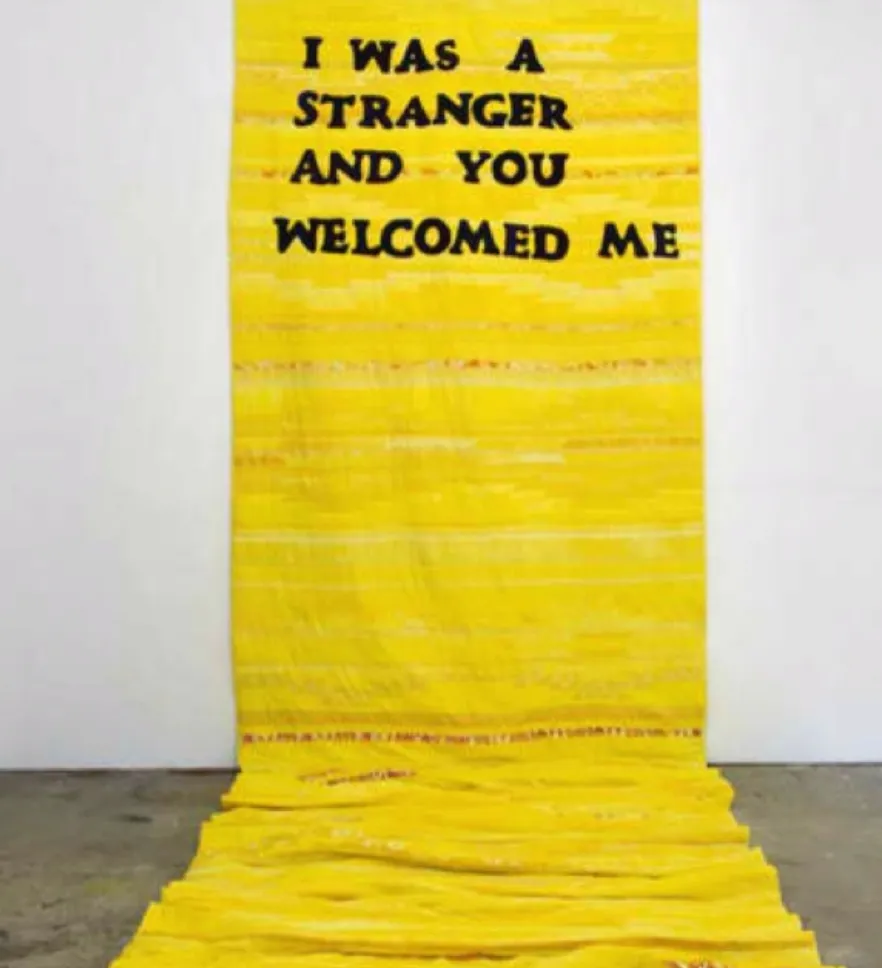
Final Thought
Where we talk shapes how we talk. That space can set the tone for presence, depth, and intimacy.
So here’s to the living rooms, the lounge corners, the sunlit stoops, and the back booths at the diner. The places where conversation flows like honey and hours pass unnoticed.
And here’s to creating more of them—on purpose.
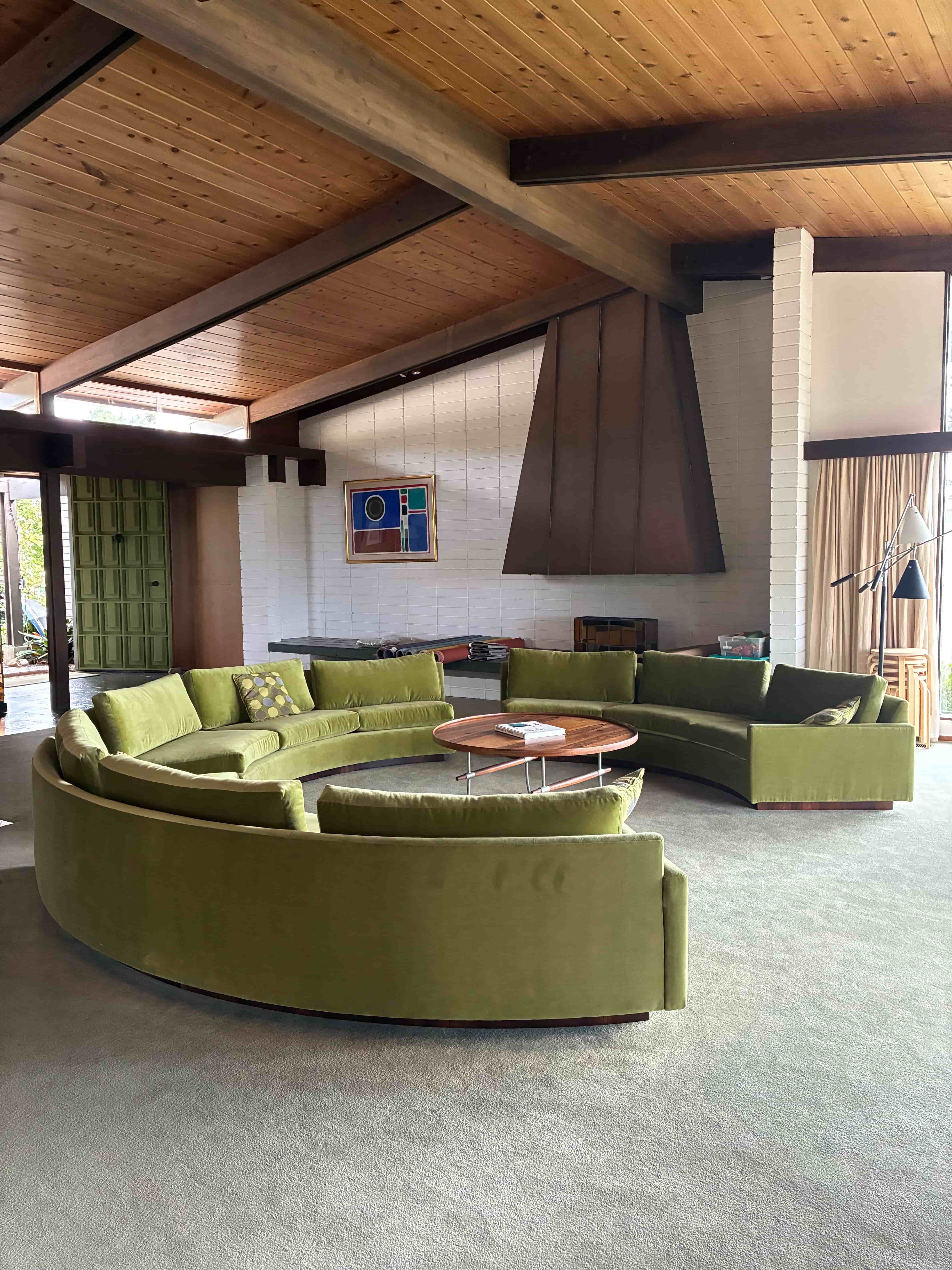
💬 Do you have a memory of a space where the best conversations happened? Or a tip for making your own space feel talk-friendly? Drop it in the comments, I’m all ears👂🏼
💌
Elle
Thanks for reading! Subscribe for free to receive new posts and support my work.




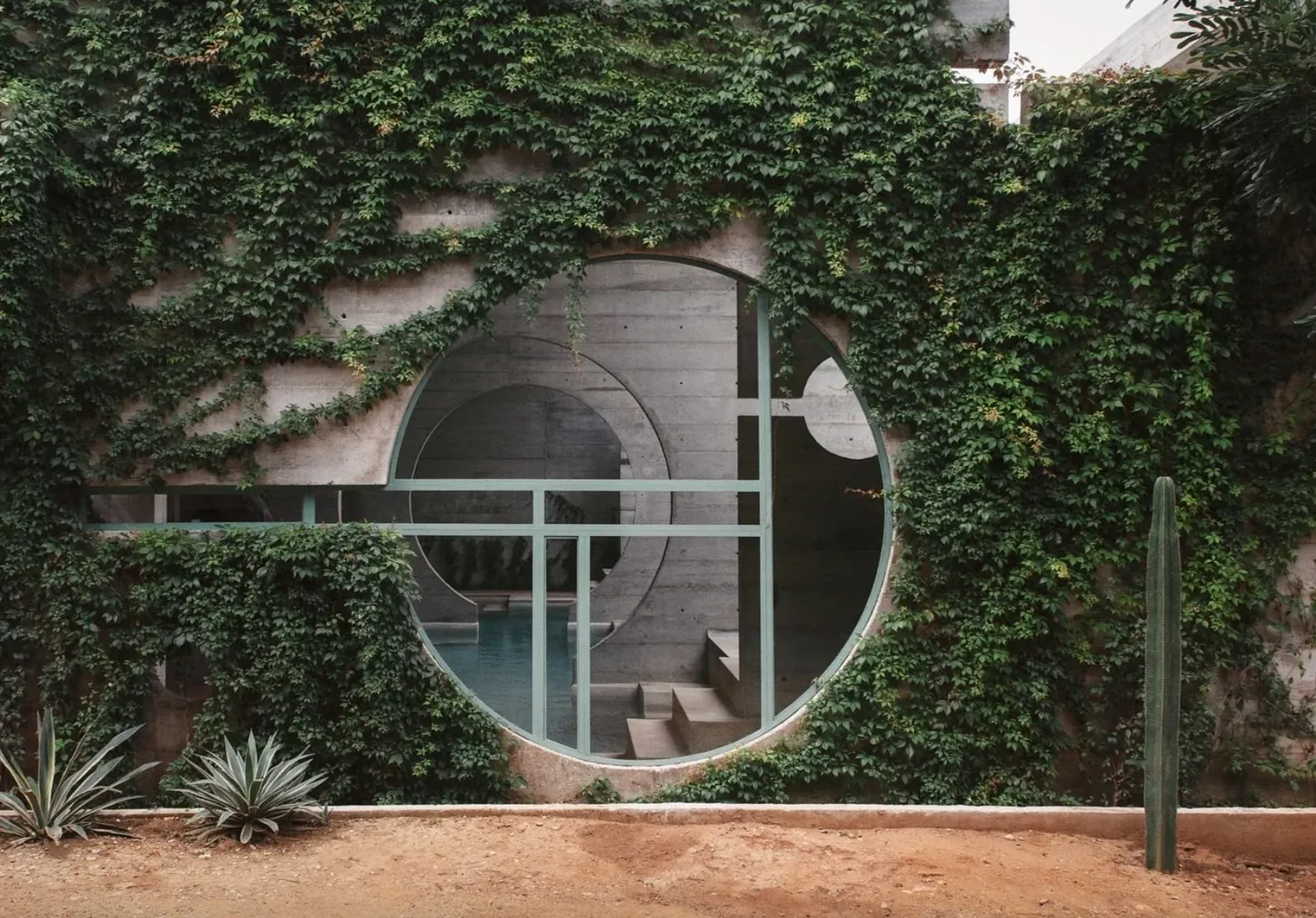

.svg)


.svg)
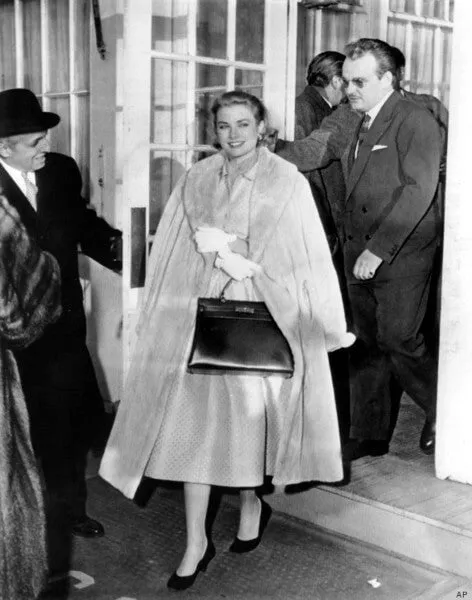
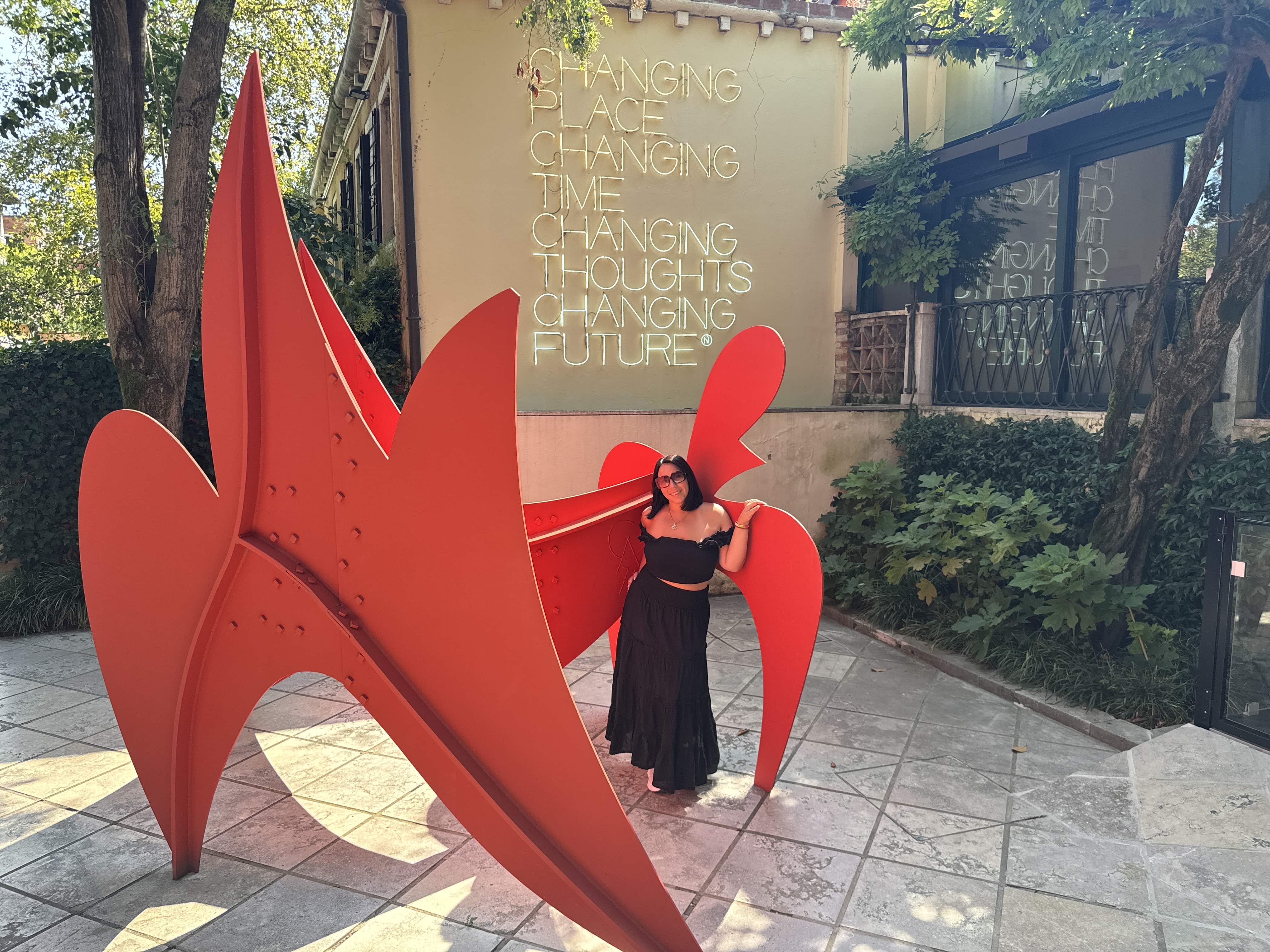
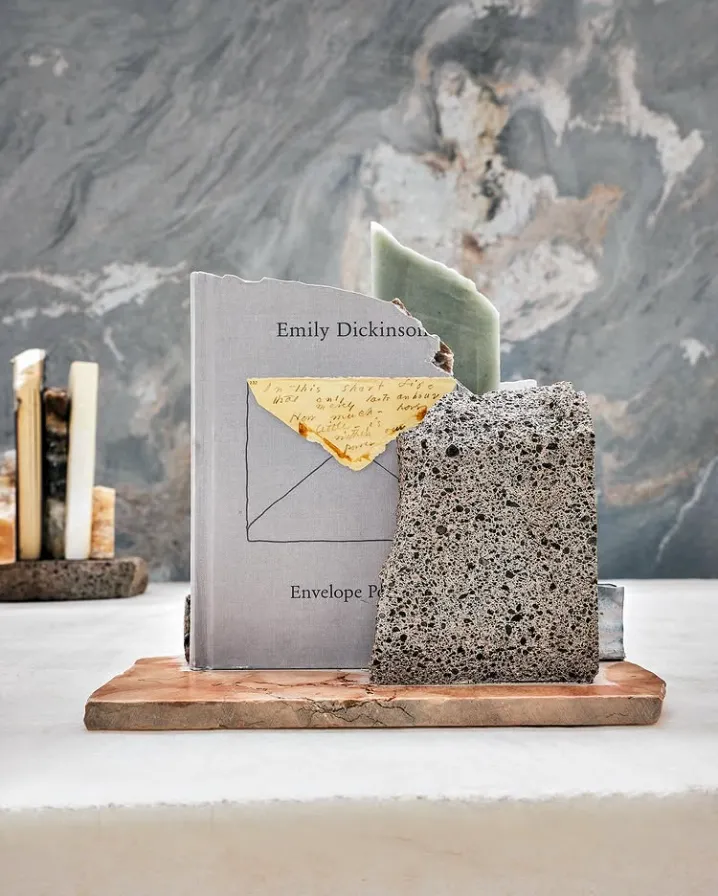
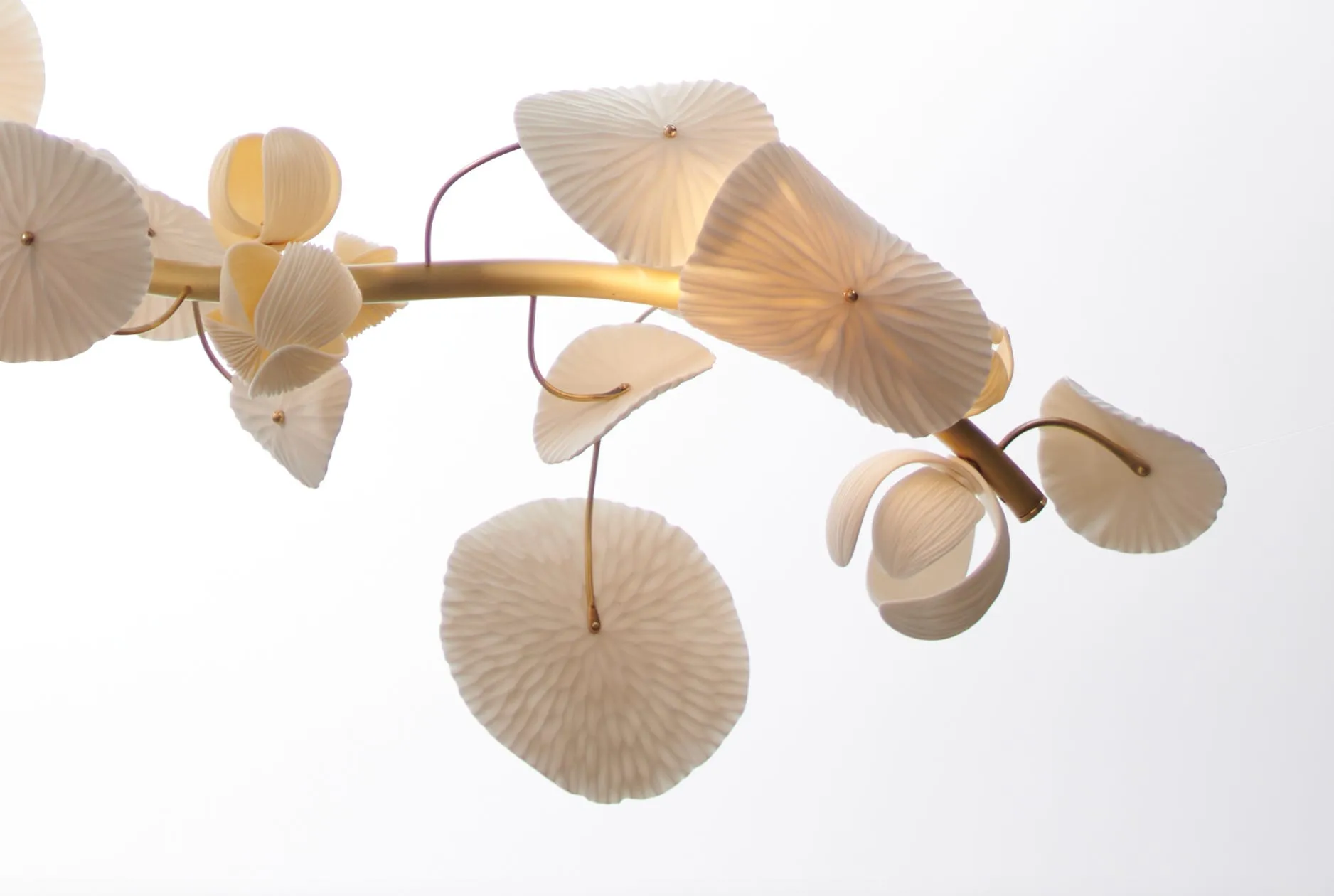



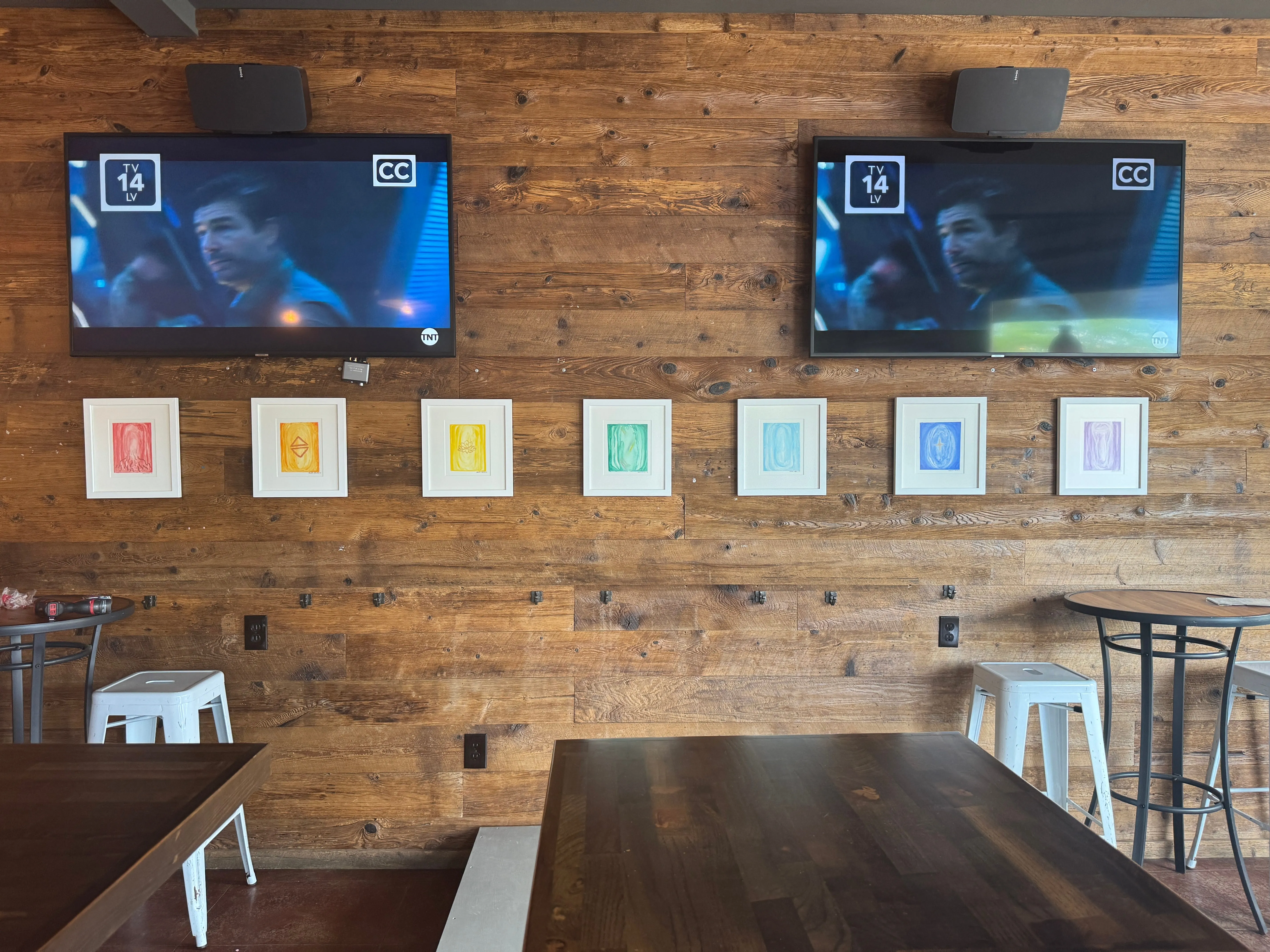
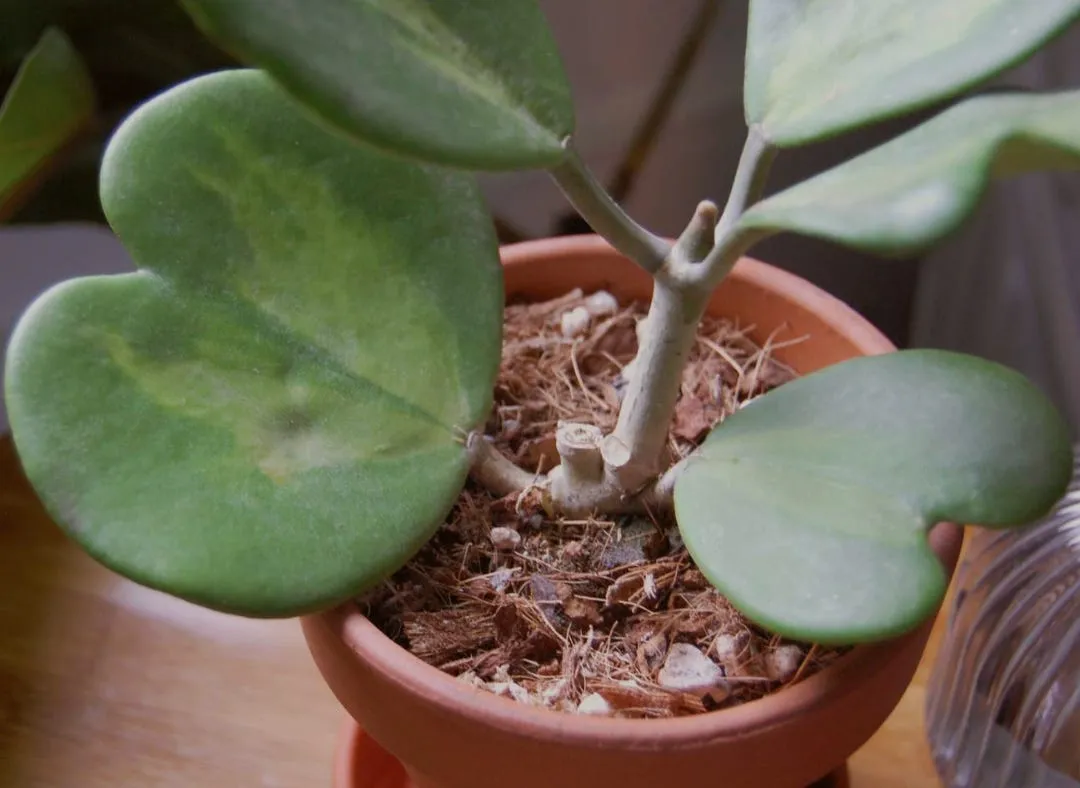
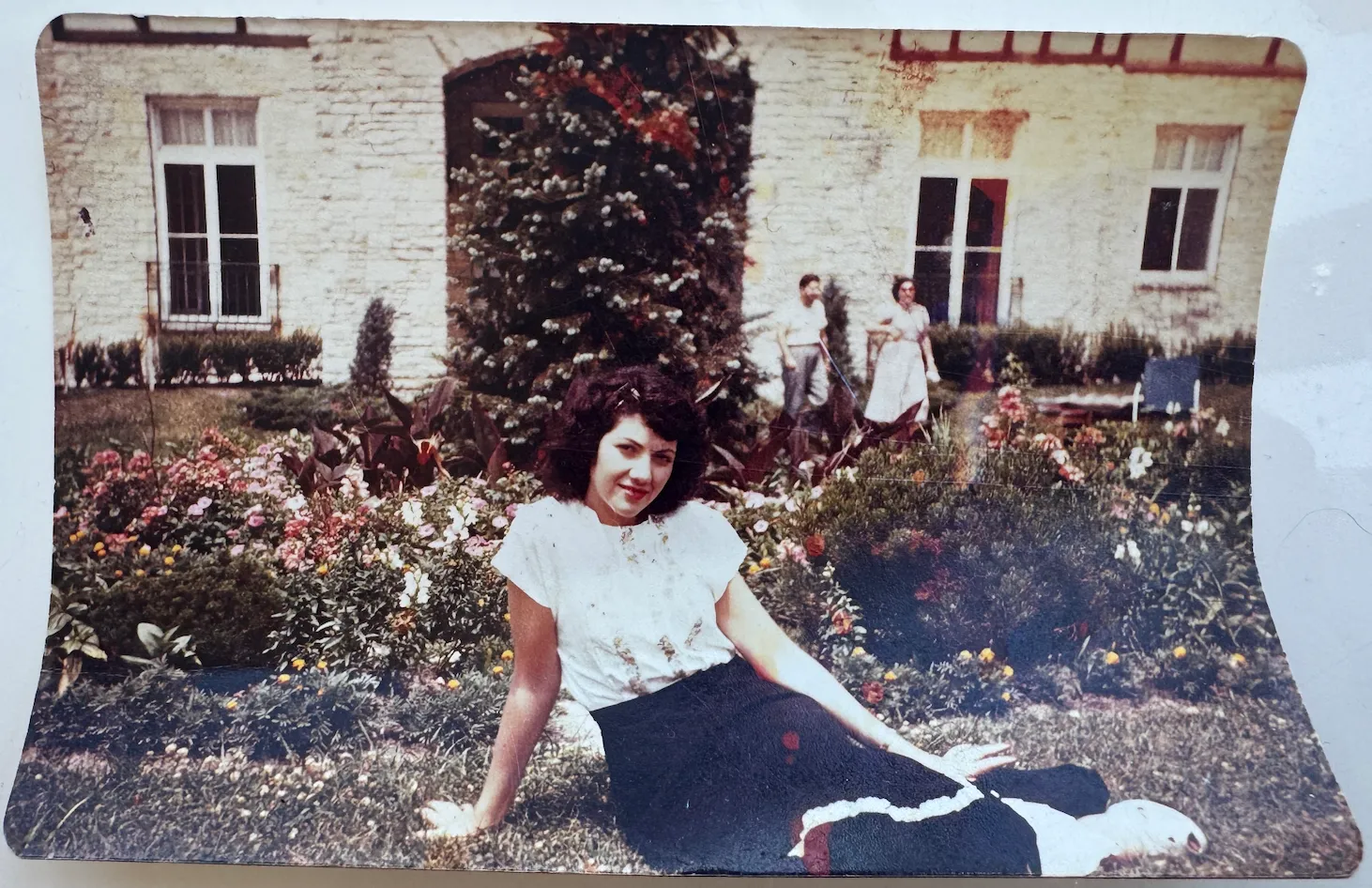

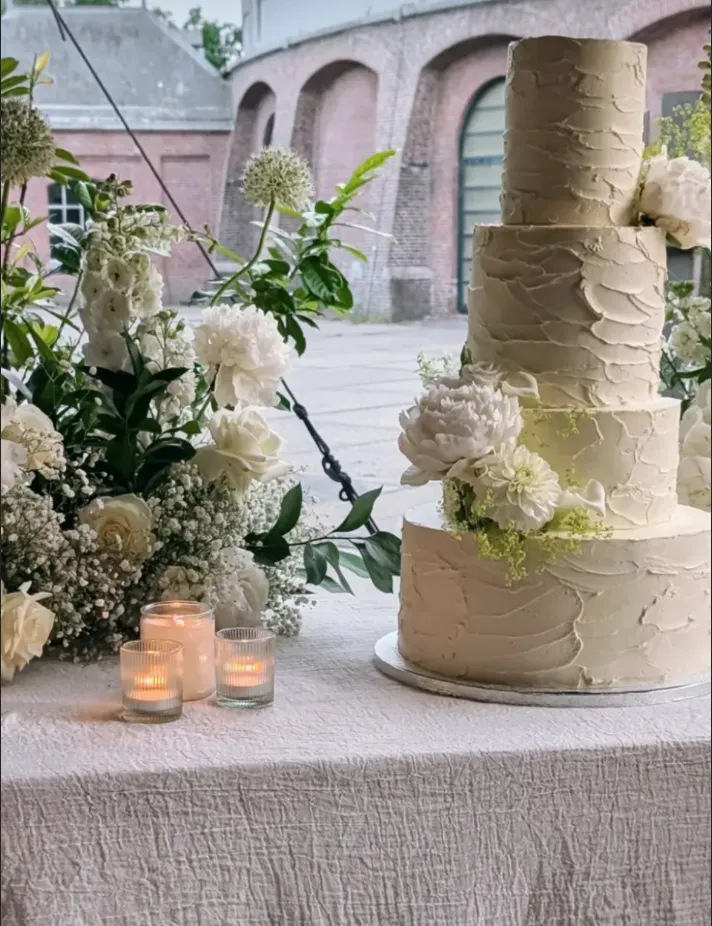





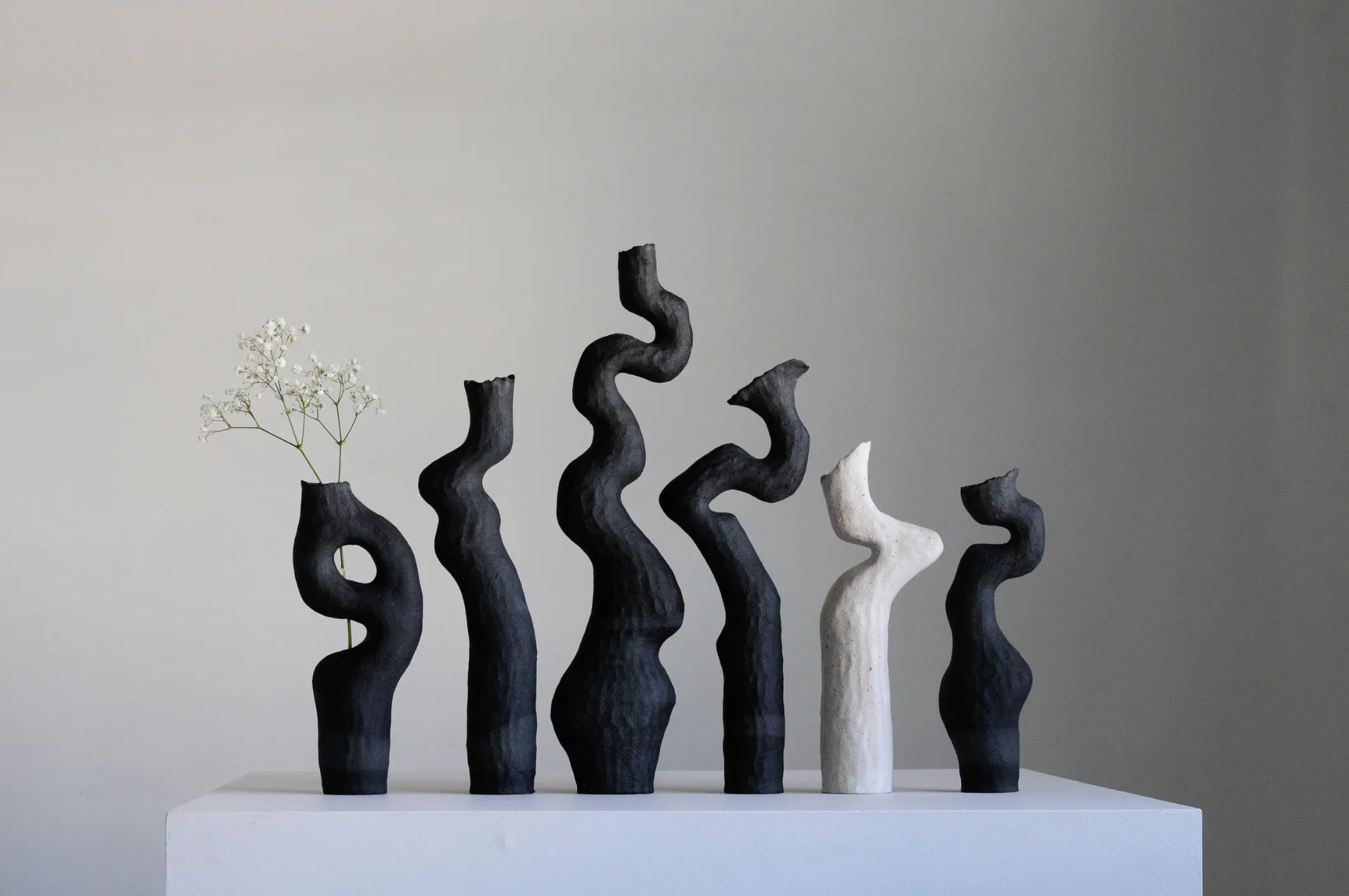

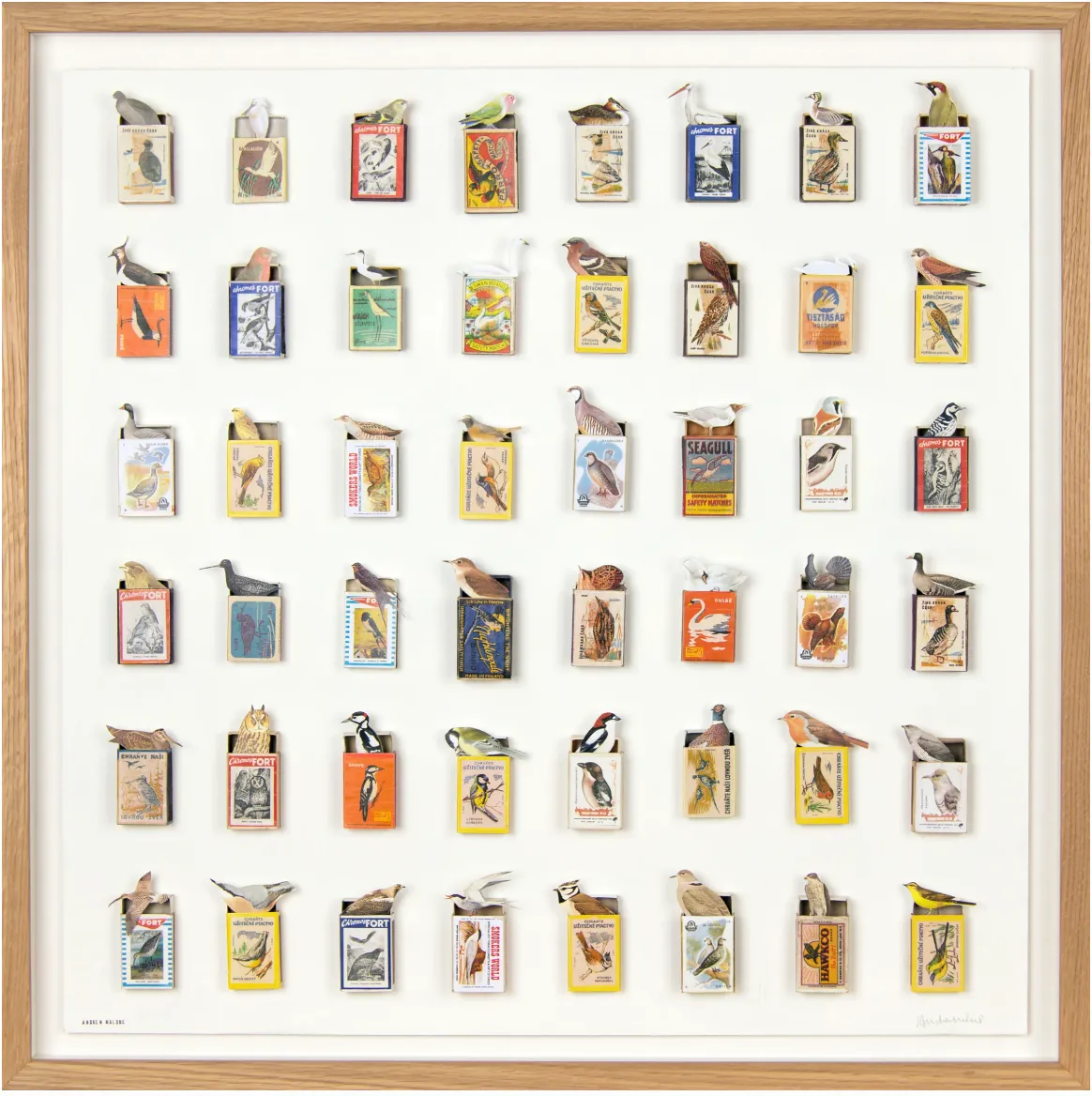

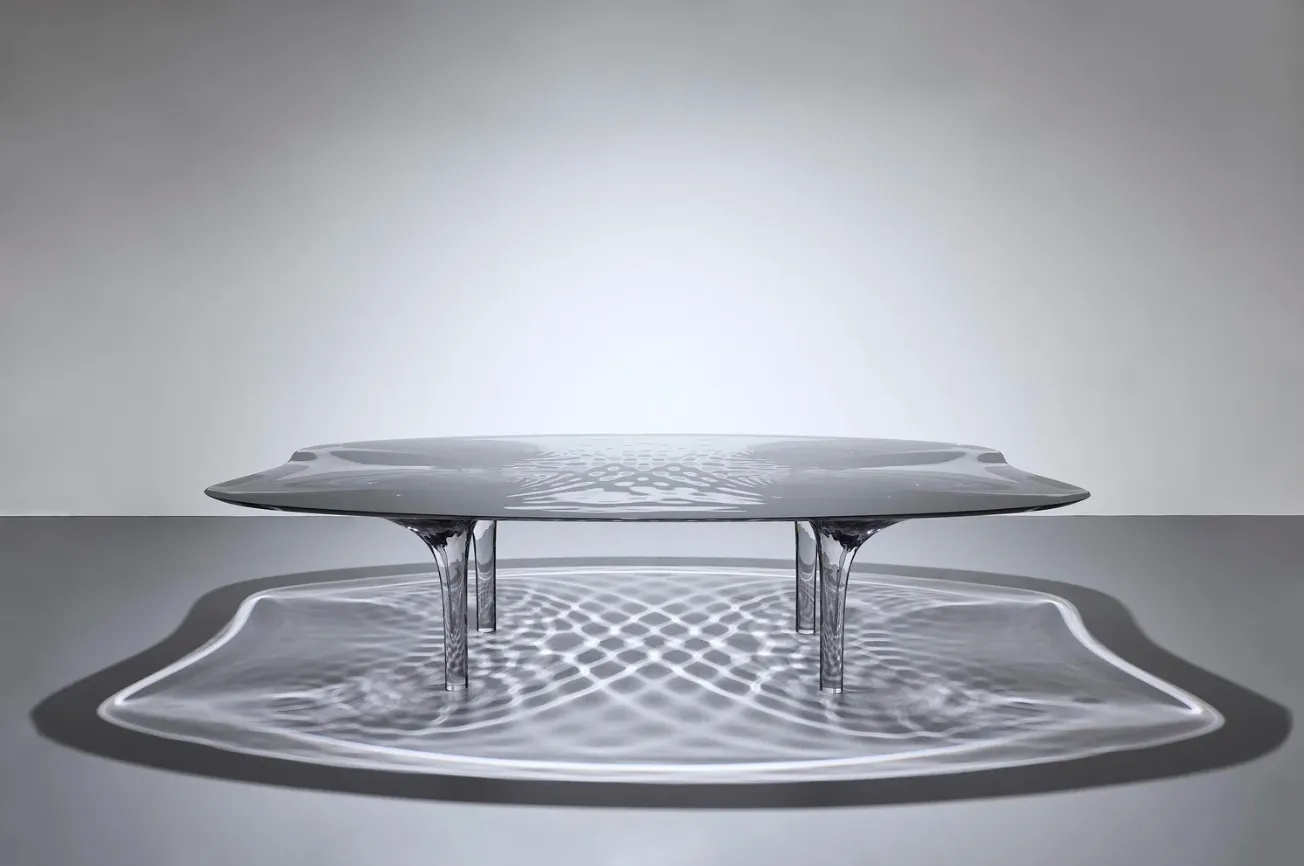
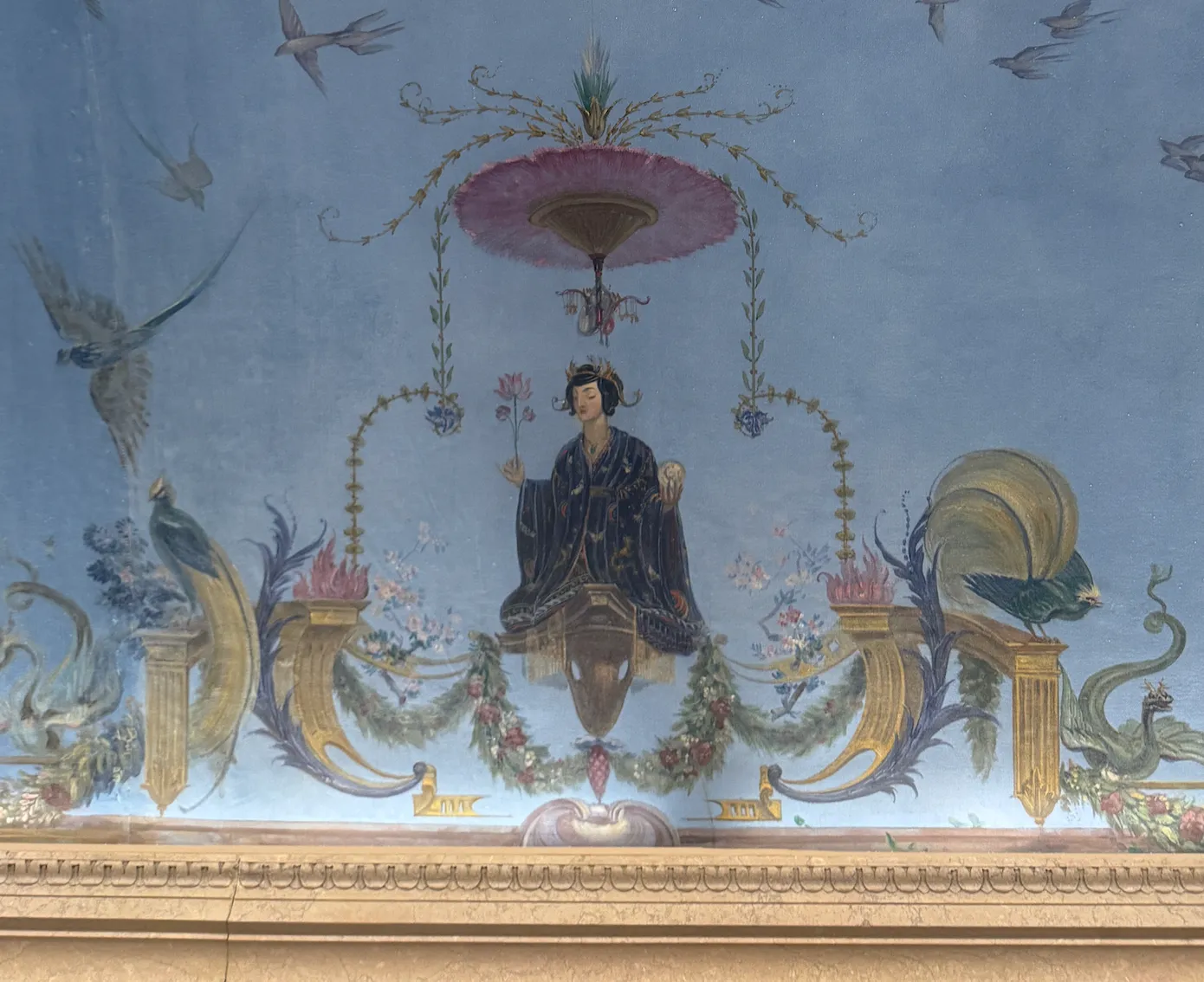
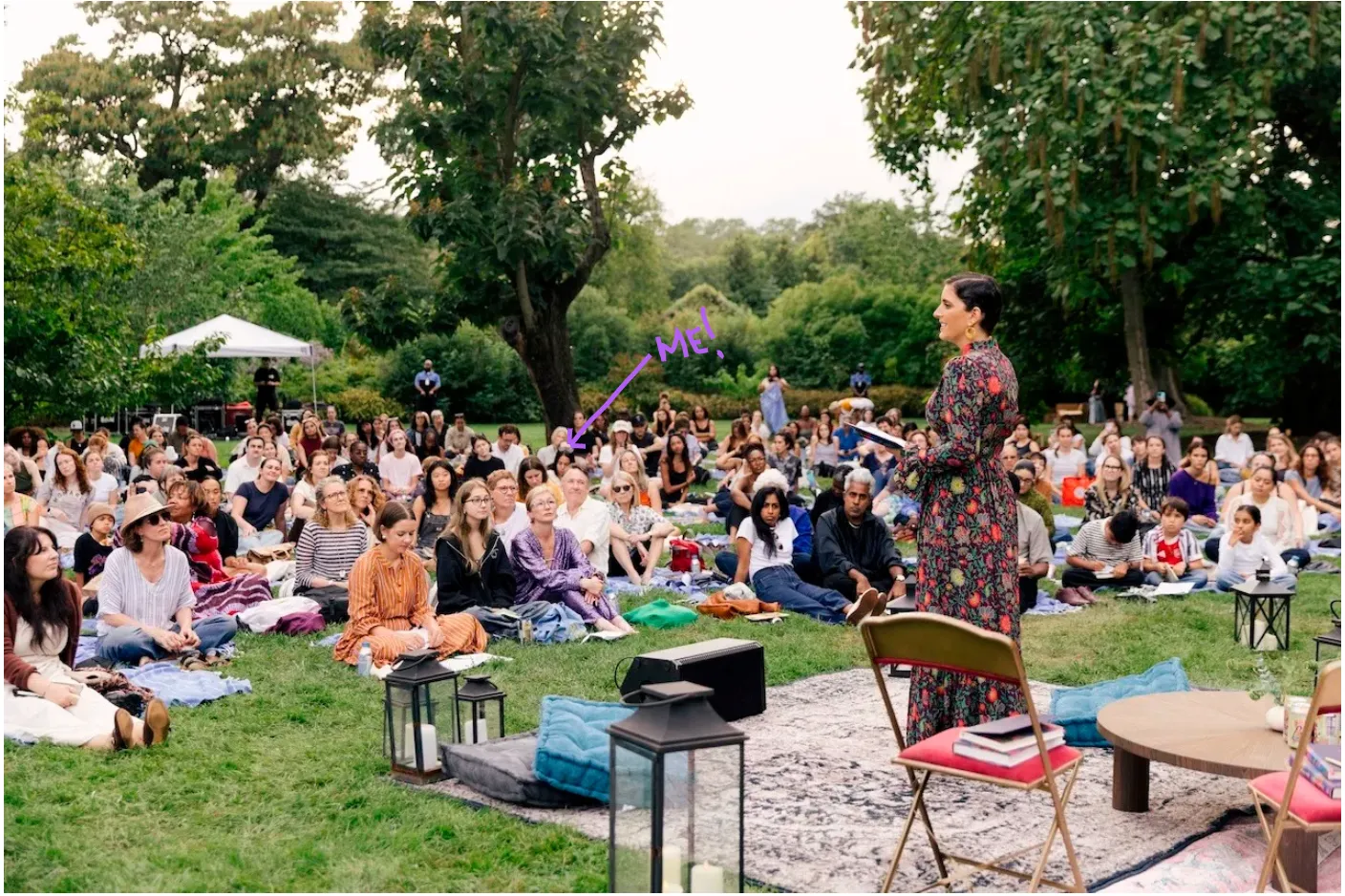

.webp)

.webp)
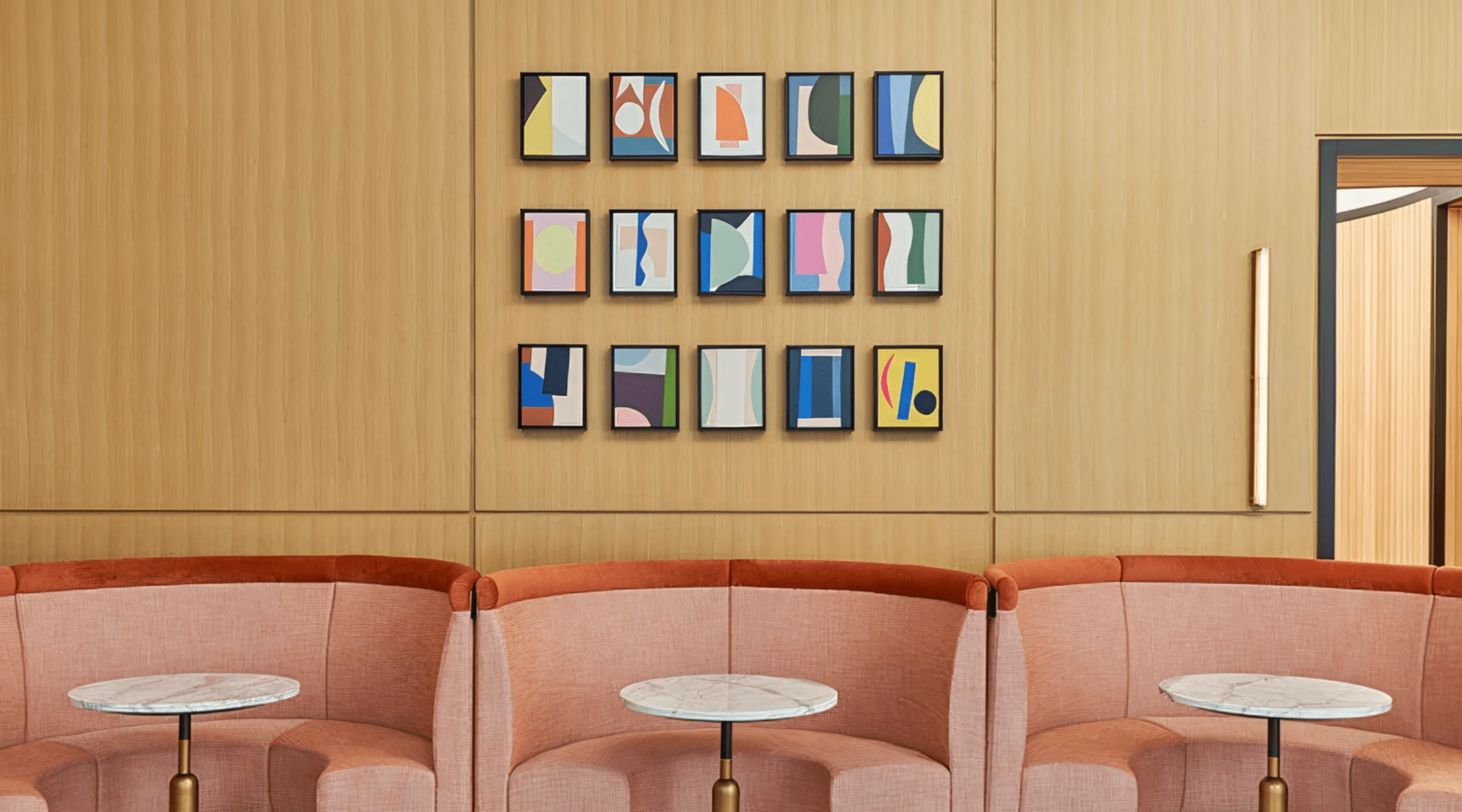
.webp)
.webp)
.webp)
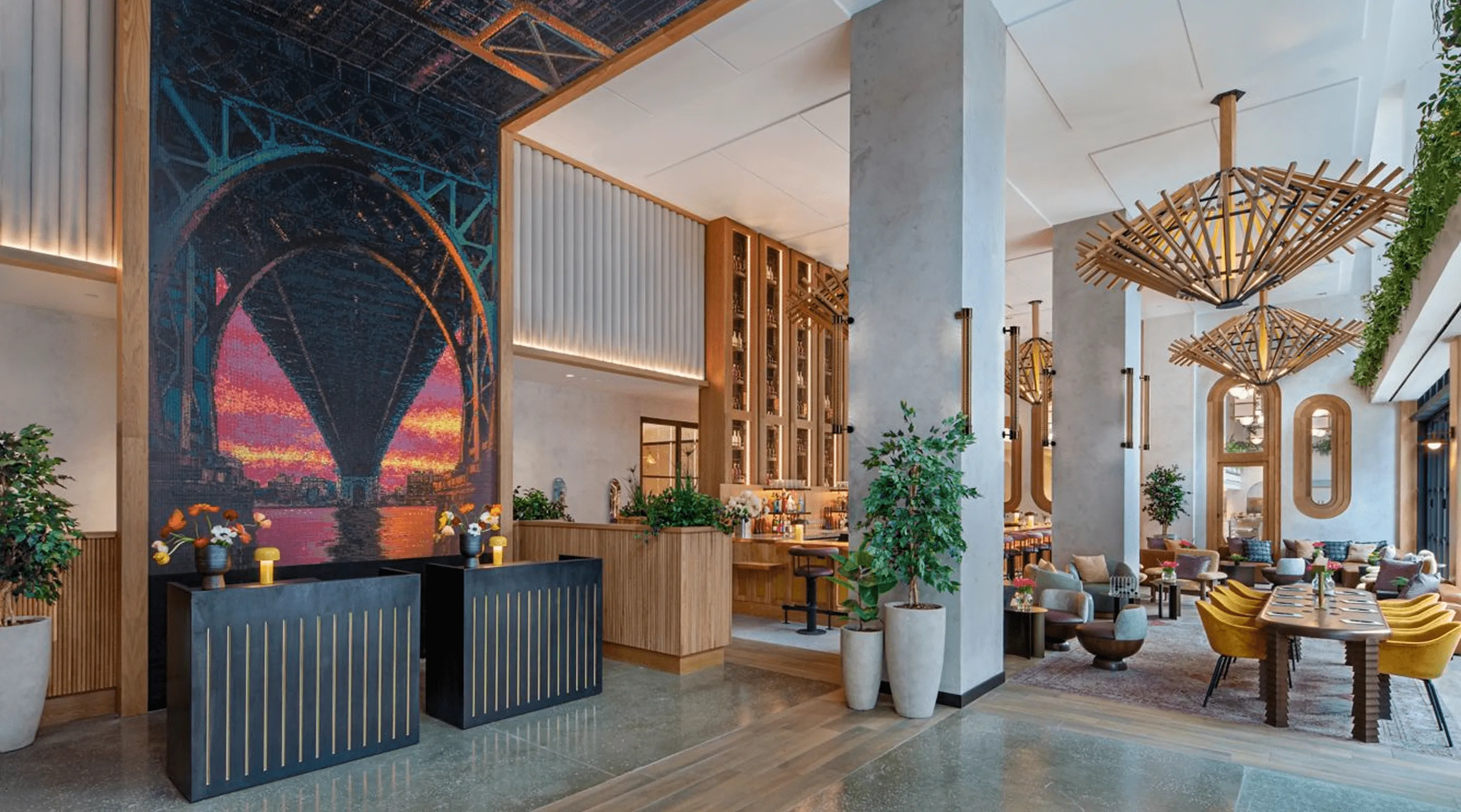
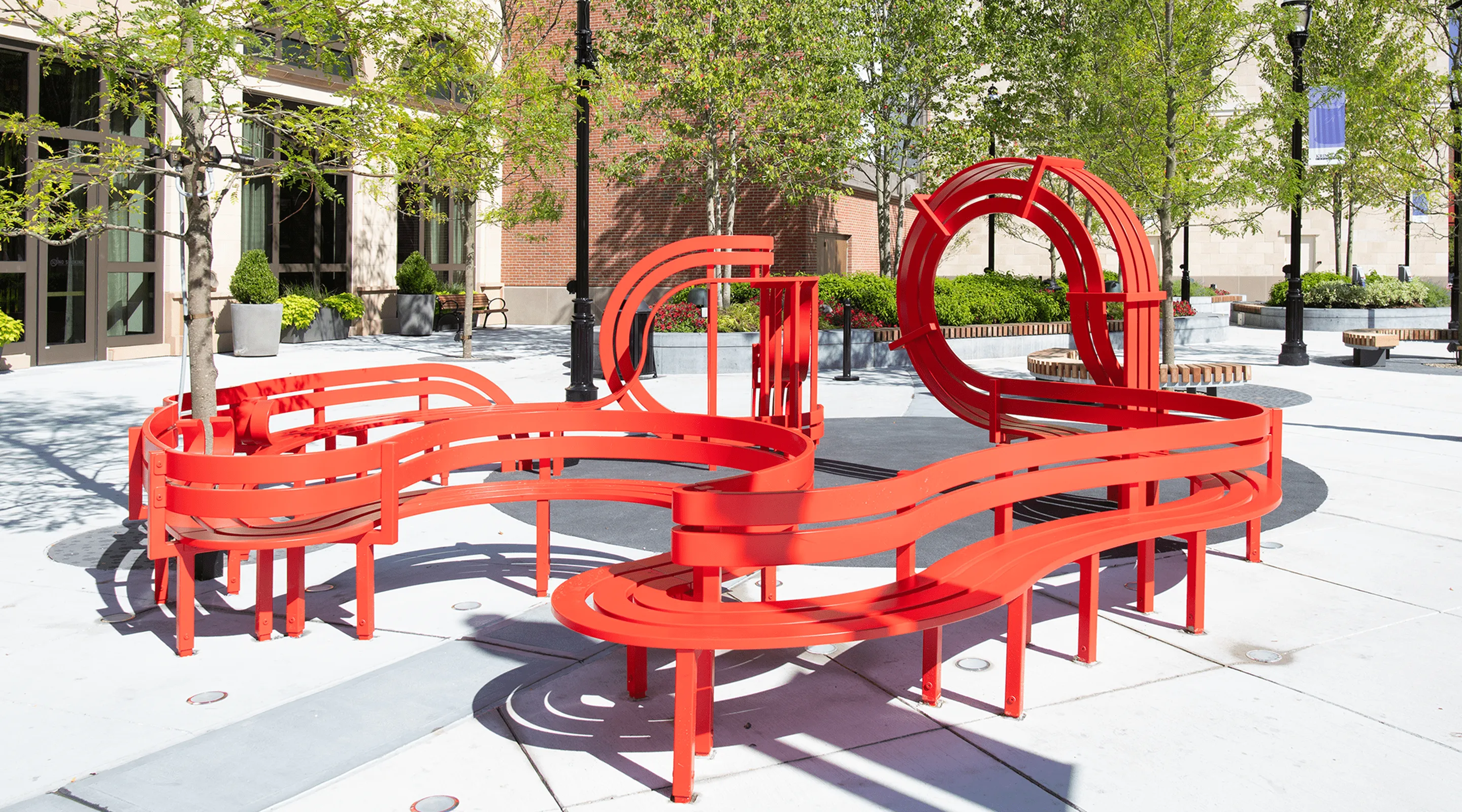
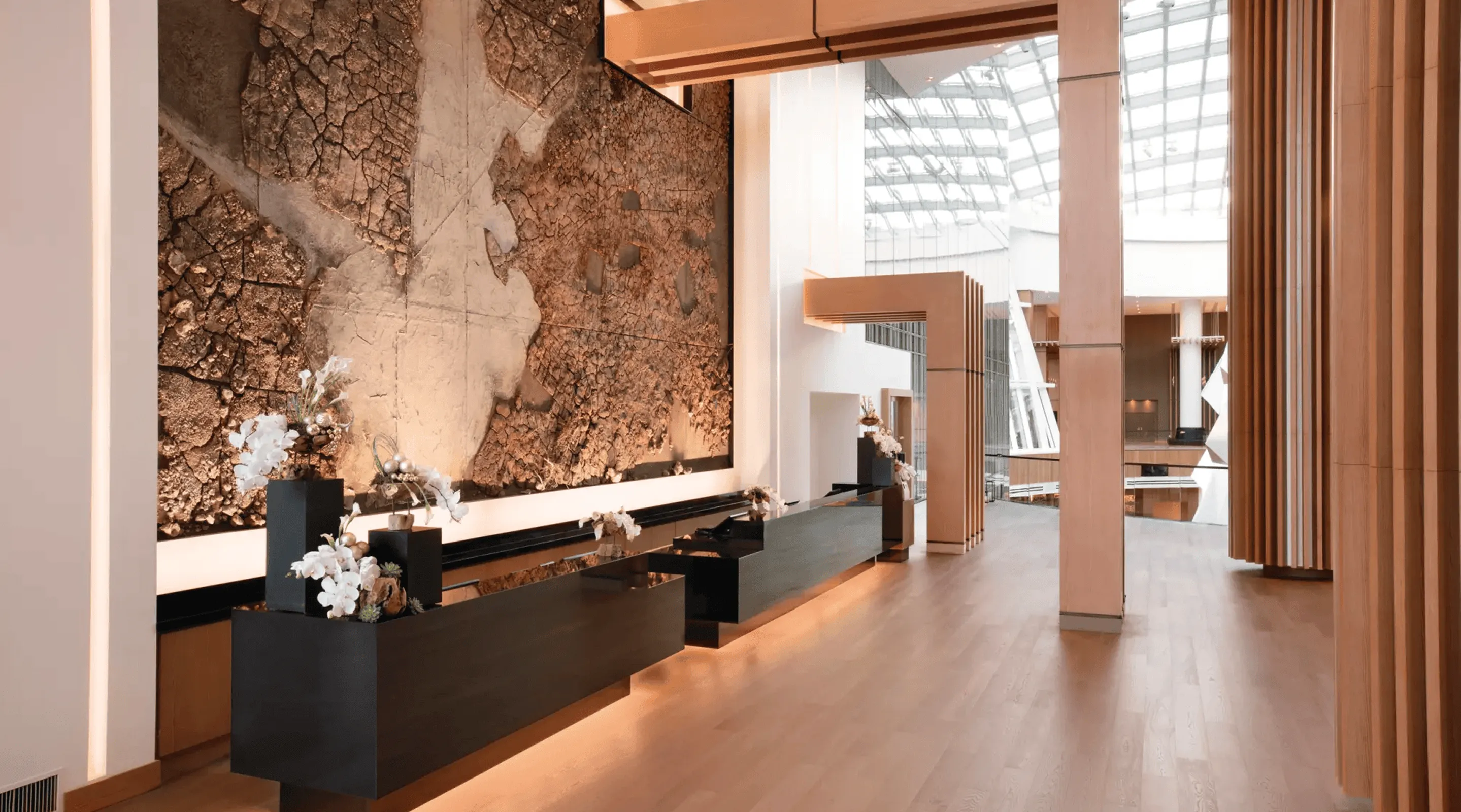
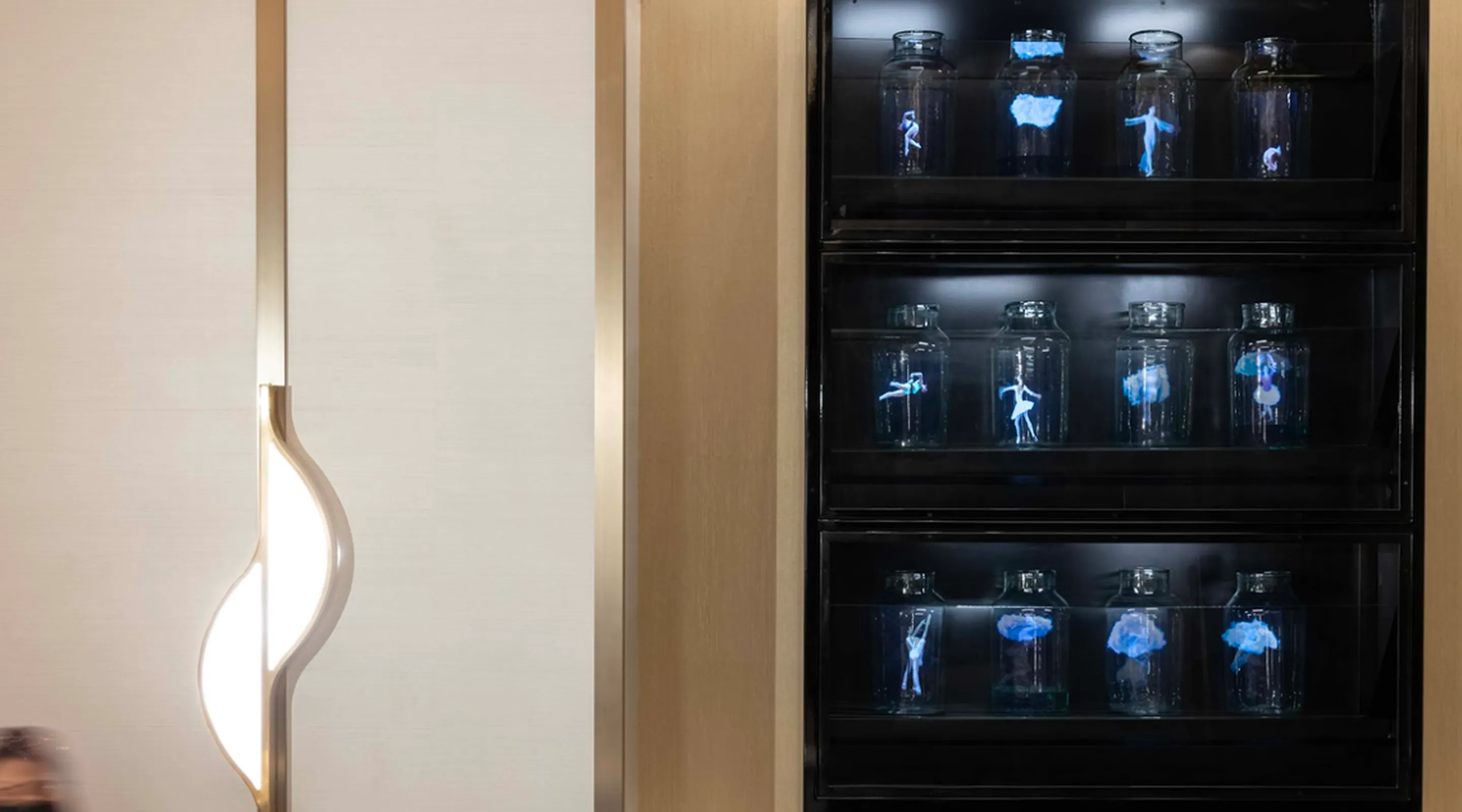
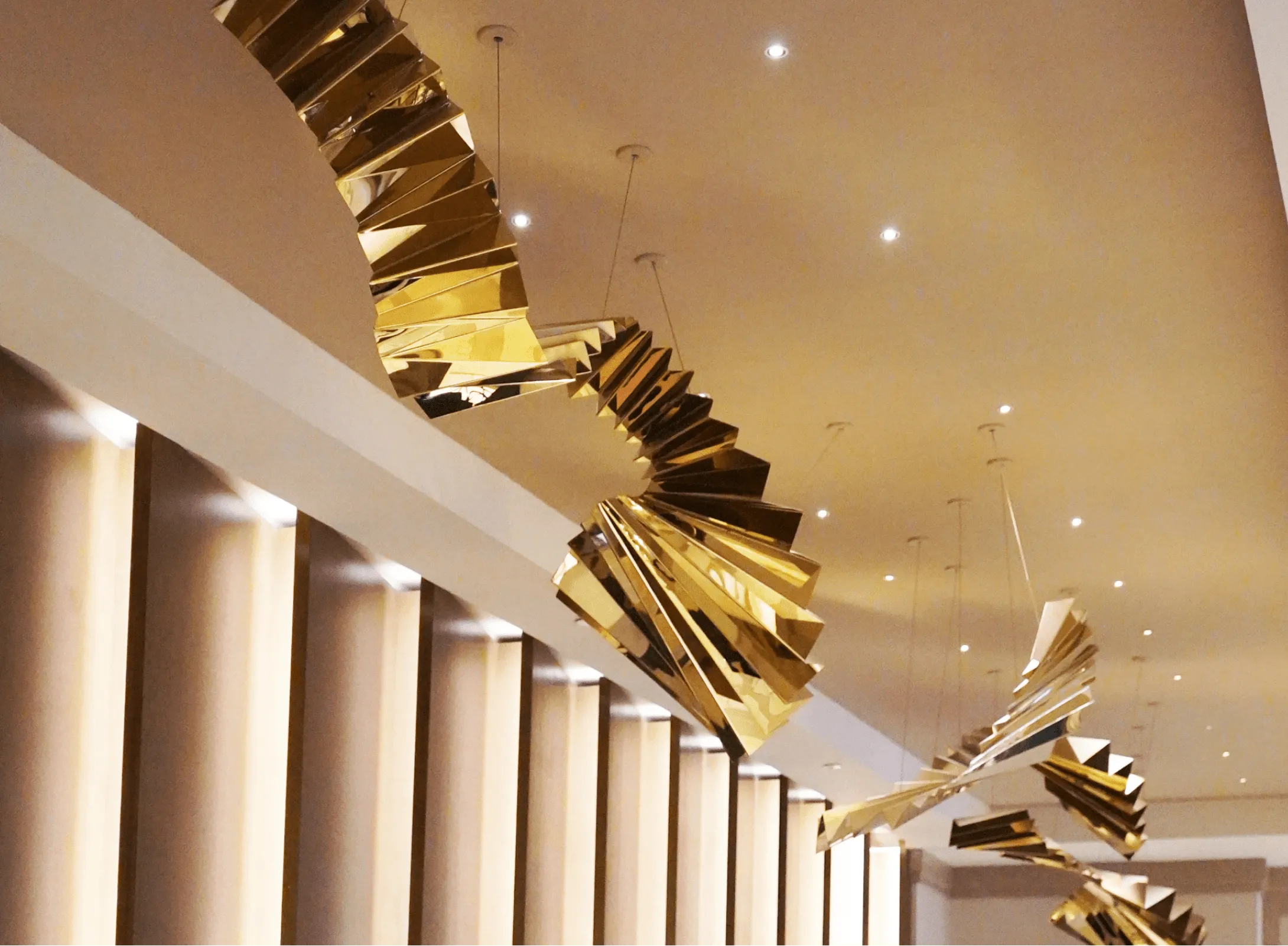
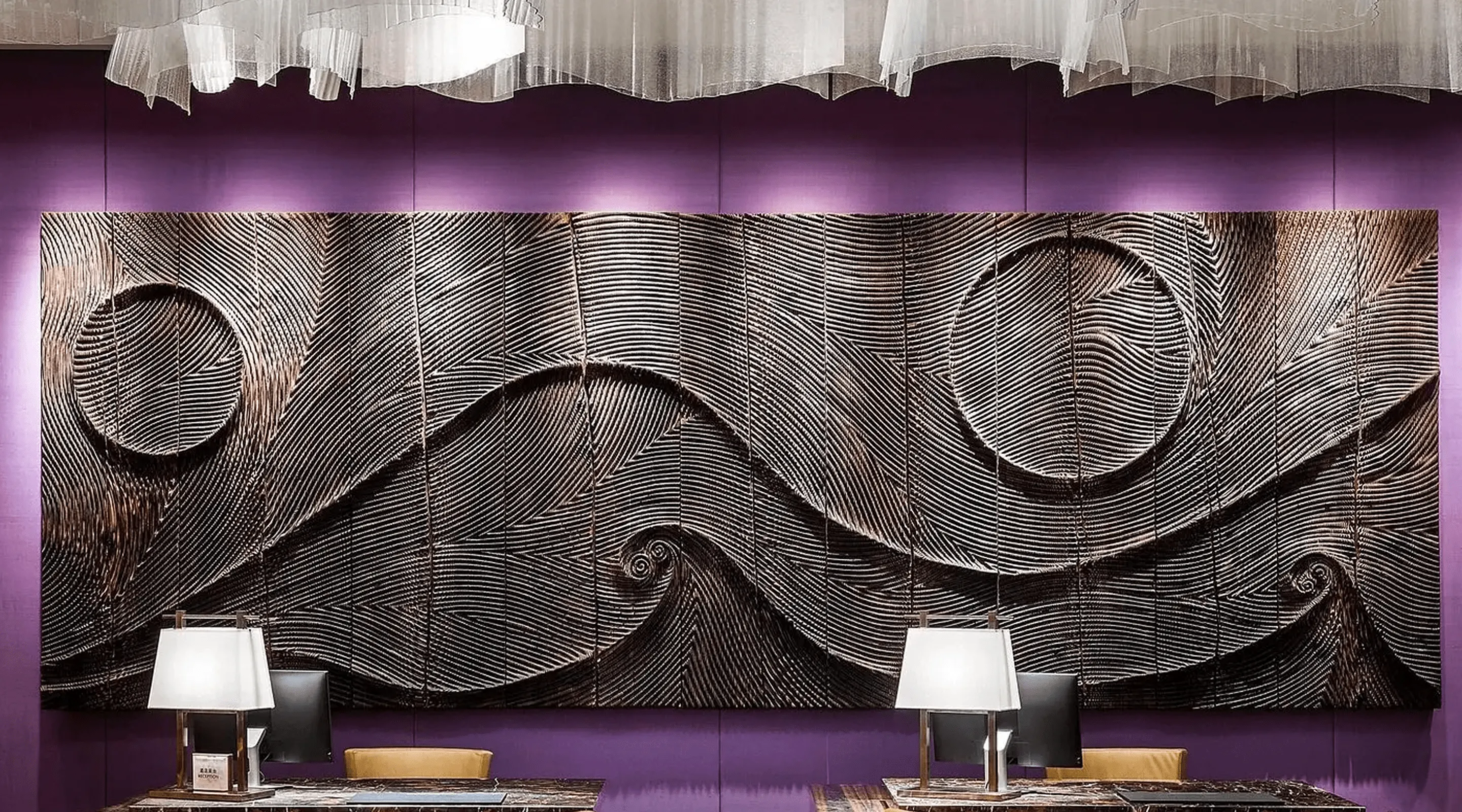
-min.webp)